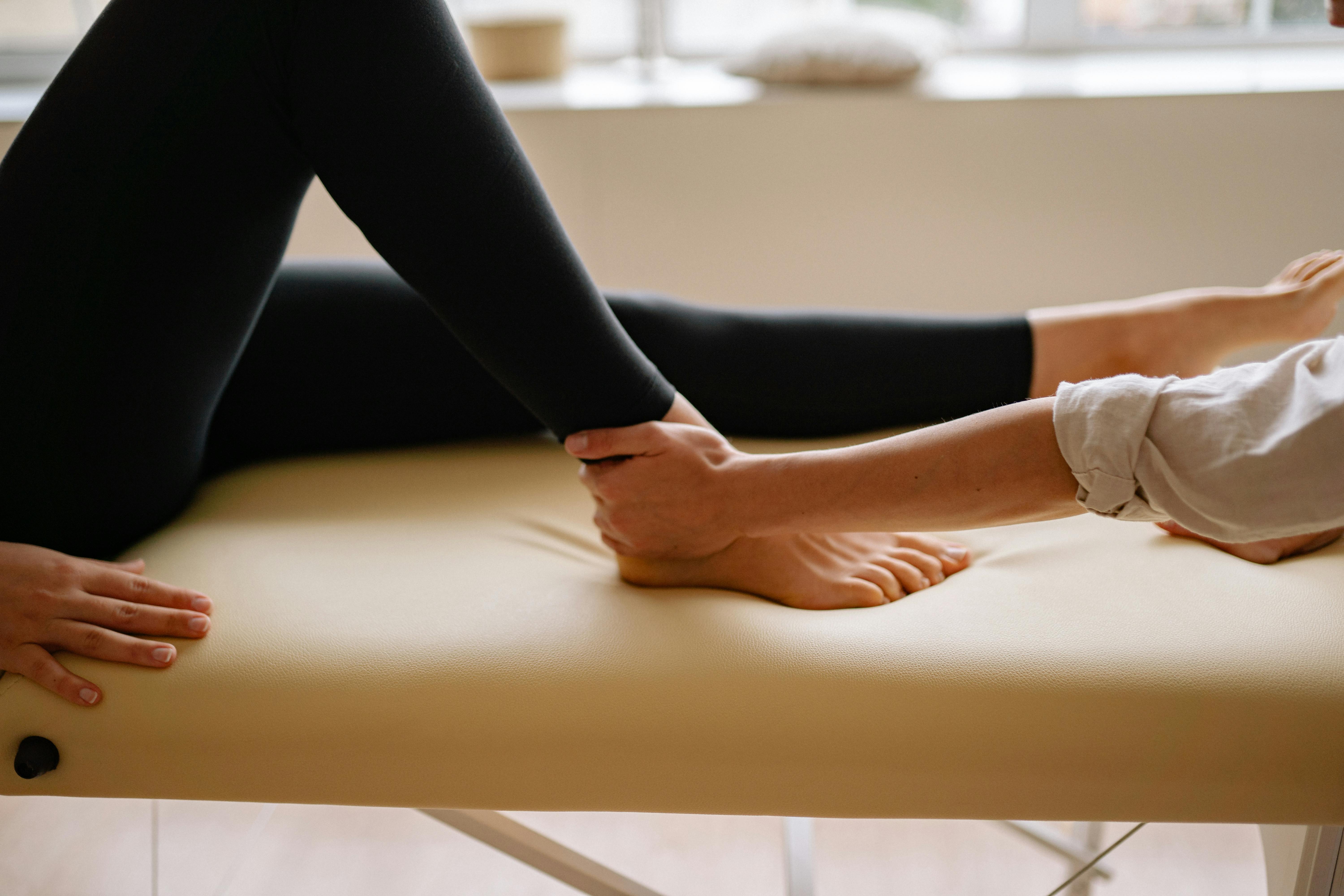Unraveling the Top Culprits Behind Persistent Foot Pain
23. Fat Pad Atrophy (Cushion Loss)

The foot's natural defense against pressure is the fat pad—a thick layer of protective, shock-absorbing tissue beneath the heel and ball of the foot. With age, high-impact activity, or certain medical treatments, this pad can thin out or atrophy, losing its cushioning capacity (distinct from an acute contusion). This results in chronic, unyielding pain that feels like walking directly on bone or marble, and the pain is resistant to cushioning from shoes. Management involves custom orthotics and viscoelastic padding designed to replace the lost natural cushion and redistribute pressure away from the exposed bones.
24. Hallux Rigidus – The Stiff Big Toe

Hallux Rigidus is a progressive form of osteoarthritis specifically affecting the joint at the base of the big toe (the metatarsophalangeal joint). Unlike a bunion, which is a misalignment, rigidus is characterized by increasing stiffness and limited range of motion. The term rigidus refers to this stiffness, causing pain when the toe tries to bend (especially when pushing off to walk) and potentially forming a visible bony spur. Early treatment involves wider shoes and rocker-bottom soles to reduce joint bending, aiming to slow the progression of pain and preserve essential walking function.
